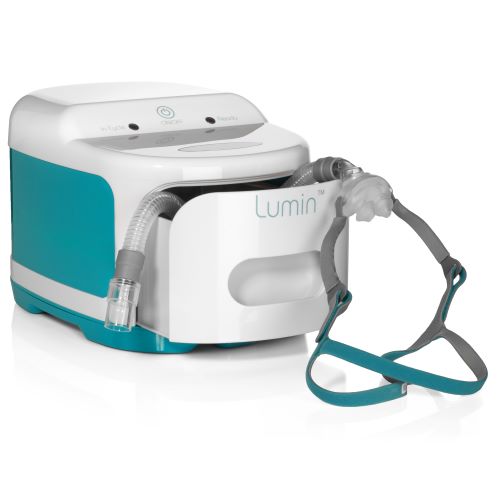
For those with sleep apnea, a disorder marked by recurrent pauses in breathing during sleep, a core treatment is Continuous Positive Airway Pressure (CPAP). Regular and correct use of a CPAP machine can greatly enhance sleep quality, lower daily tiredness, and minimize the major health concerns related with untreated sleep apnea. Maintaining the hygiene of your CPAP equipment is therefore just as important for guaranteeing the efficacy of the therapy and avoiding possible health risks. This page will offer a thorough, detailed, step-by-step tutorial on how to effectively apply manual cleaning techniques and a cpap cleaning machine to guarantee your cpap cleaning machine stays hygienic and your therapy stays effective.
Realizing Value of Frequent CPAP Cleaning
Maintaining a clean CPAP system is not only about appearance; it is also a basic need of your health and the effectiveness of your sleep apnea therapy. Should these bacteria not be routinely eliminated, they may be breathed straight into your lungs and cause sinus problems, bronchitis, pneumonia, and other respiratory conditions.
Additionally helps your CPAP equipment last longer is regular cleaning. Over time, the accumulation of mineral deposits and other trash can cause damage to the machine, mask, and tubing that results in expensive replacements. Establishing a regular cleaning schedule helps you not only to preserve your health but also your CPAP treatment investment. Operating more effectively, a clean CPAP device guarantees constant pressure delivery and best therapeutic effects. Ignoring cleaning could result in less than ideal treatment, more health hazards, and shorter equipment lifetime.
Maintaining a hygienic CPAP system depends much on both hand cleaning and the usage of a cpap cleaning machine. Comprehensive treatment depends on a knowledge of the correct tactics for both approaches. Although automated cleaners provide convenience, hand cleaning lets you scour individual components more completely. For many consumers, a mix of these methods could be the most successful one. Successful CPAP treatment and general well-being depend on giving regular, correct cleaning top priority.
Making Proper Use of a CPAP Cleaning Machine
Sanitizing your CPAP equipment can be done more automatically with a cpap cleaning machine. Usually killing bacteria, mold, and viruses, these devices employ UV or ozone gas. Although they provide convenience, it’s important to utilize them properly and know their limitations. Before using any automated cleaner, thoroughly go over and follow manufacturer directions. Operating techniques and safety rules may vary across different machines.
Usually, the process for ozone-based cleaners is attaching your CPAP mask and tubing to the cleaning machine starting a cleaning cycle. Usually lasting a designated period, these cycles move ozone gas around the apparatus to sterilize it. BA lung irritant, ozone should not be breathed in. The manufacturer’s directions will mention the suggested off-gassing period, which can run several hours to overnight.
Successful sleep apnea treatment and your general health depend critically on properly cleaning your CPAP equipment, either manually or with the help of a cpap cleaning machine. Usually the most all-encompassing approach is a mix of both techniques, catered to your particular needs and tastes. Giving your CPAP system first priority for cleanliness is an investment in your respiratory health, the efficacy of your sleep apnea treatment, and your long-term well-being, which finally results in more peaceful evenings and better days.